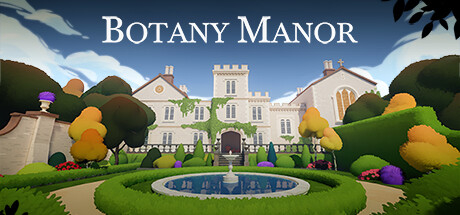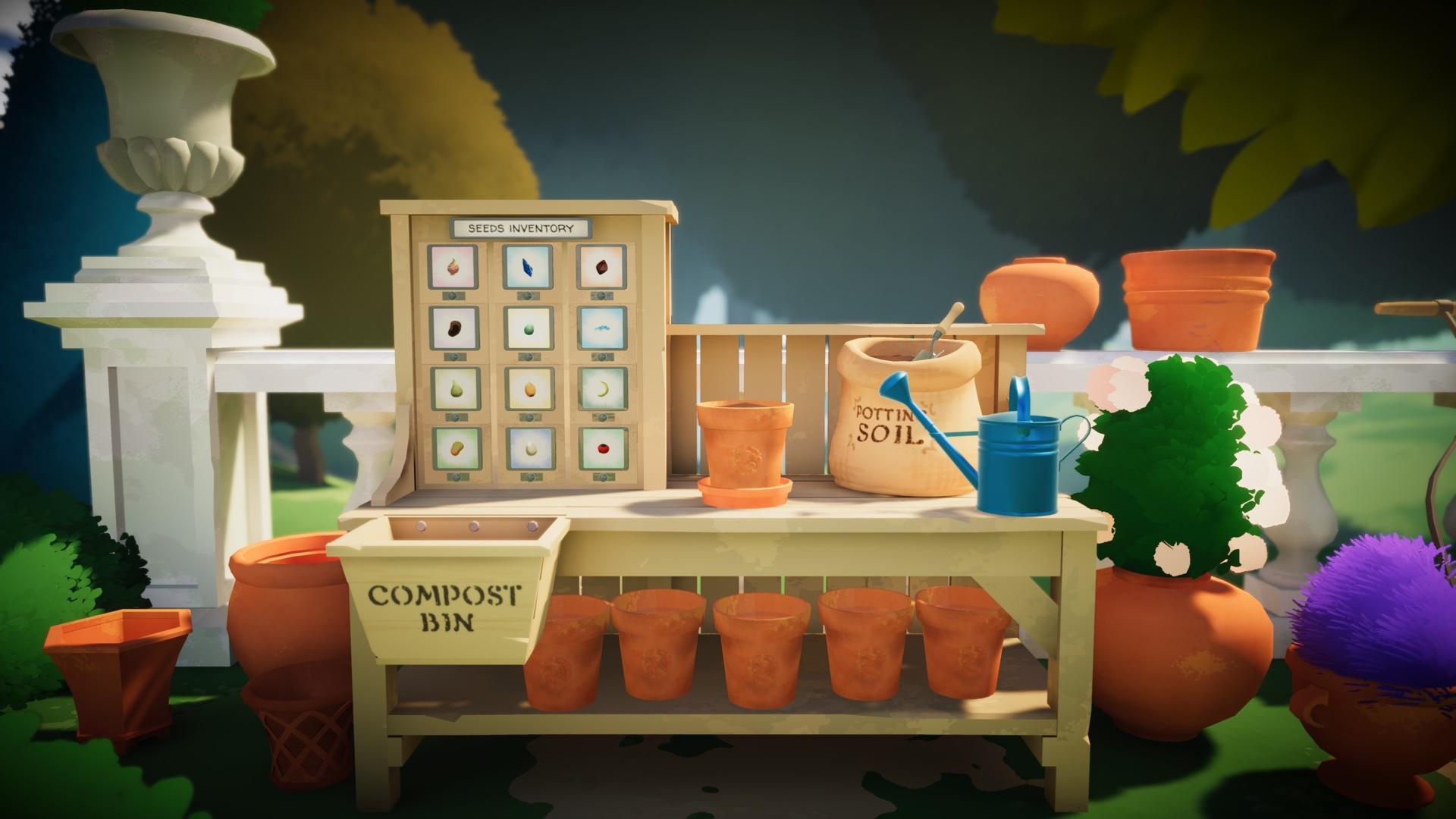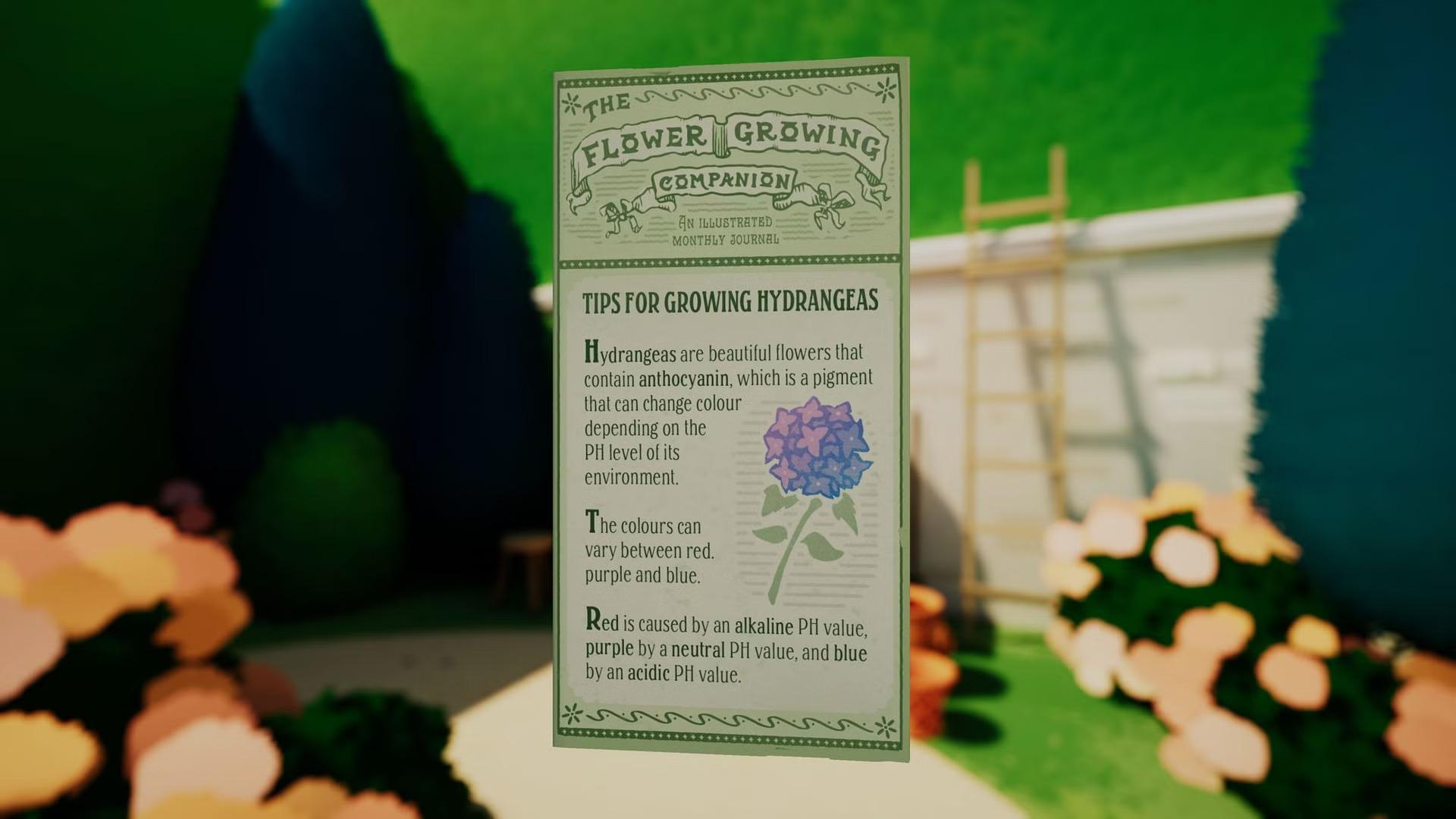Existing User Log In
New User Registration
Register for a free account to gain full access to the VGChartz Network and join our thriving community.





America - Front


America - Back

Balloon Studios
Puzzle
 (Add Date)
(Add Date) (Add Date)
(Add Date) (Add Date)
(Add Date)
| Owners: | 0 |
| Favorite: | 0 |
| Tracked: | 0 |
| Wishlist: | 0 |
| Now Playing: | 0 |
There's a moment early on in Botany Manor where you need to collect the correct ingredients to take a late-19th century photograph. Naturally, that's a bit more difficult than snapping a now-ancient Polaroid; it requires the proper chemical combustion for the flash, a glass plate, and so on. The answer as to why is quite simple: a unique flower won't bloom without it. This happy middle between the classical Victorian Era naturalism and magical botany gives planting a greater weight; all of this distinguished flora has essentially mini puzzle boxes to uncover. And with such a deft hand in both originality and pacing, it's readily apparent that Balloon Studios has a green thumb for game design.
As the inheritor of her family's Somerset manor, Arabella Greene has returned to continue her botany research for her upcoming book: 'Forgotten Flora.' As a well-traveled & retired botanist (at least regrading field work), her expertise pairs naturally with the scattered notes of friends and family across the estate. By absorbing these clues – sort of like a botanical detective – you're able to uncover some fascinating plants and unlock more of the manor.
In a mostly-linear fashion after the succinct prologue, Manor's structure essentially operates on clue-hunting and two modes of deduction; in essence, each chapter (after the first) focusses on two or three plant species and an array of clues scattered around the newly-unlocked portions of the manor grounds. Where they are is less relevant than what said clues actually describe. For example: perhaps the kitchen has background information – flyers, convenient journal entries, etc. – on a volcanic and an arctic flower. Naturally, you'll segregate and follow the clues accordingly to create each of them.
Cataloguing operates similarly to Chants of Sennaar and Return of the Obra Dinn, in that once all corresponding clues for said flower are correct they're locked into that page. And it's a nice selection system too, highlighting both the subject and which part of the house it can be found. Between the clean UI, directory, and information layout, perhaps the worst attribute stems from what's not on the page. It's become customary at this point to expect our protagonist's logbook to also have every clue saved to it, like a .pdf file or the like, versus having to backtrack to said room and re-read it to jog your memory. Although sprinting reduces the time retreading old ground, automatically tabulating discovered clues in Arabella's journal would feel like a better fit here – at least after locking every correct one for a plant page.
The homework gets a bit tedious, but the joy of bringing these unique specimens to bloom is worth it. Not often does a puzzler solely rely on such original concepts either. From the aforementioned photography gimmick, to a specific musical cadence, each and every plant brainteaser plays on a refreshing spin that'll require some research on your end. Consistently maintaining unique challenges does come at the cost of being modest in length. It's true that ~3.5 hours for a non-assisted standard run (tack on another half-hour for achievements), doesn't sound like the best $25 investment, but it's quite common for this genre's greater hits; one can reflexively invoke Portal, or more recently Cocoon, as some examples. To phrase it in a way that'd make a Victorian-era lady blush: it's more about girth than length. 
One of the chief reasons it feels so succinct comes back to level design. The Greene Manor itself houses some navigational puzzles that feel naturally melded to the main course. Director/Lead Designer Laure De Mey (of Monument Valley fame) mentioned two of her inspirations being Charles Darwin's Down House and The Croft Manor (Tomb Raider series), and Greene Manor maps on incredibly well as a fusion between them. Everything from how chunks of the map are cordoned off to the impressive practicality of the manor's blueprint finds a healthy middle between form and function; even one of its more elaborate hidden passageways is inspired by Catholic persecution during Elizabeth I's reign. It captures a sort of "magic" simply by being the type of grand fictional mansion one would expect for a world-renowned scientist of this age.
While not bland, that grandness is more applicable to the location than presentation. Aside from a few exceptions (Narita Boy), I understand why some gamers can be sticklers for the typical "Unity austerity," if you will. The engine has a standardized look within many indie games, but Manor makes enough aesthetic tweaks worth appreciating. The lavish, colorful garden surrounding the estate (evoking The Witness' setting), feels warm and welcoming alongside Thomas Williams' pleasant tracks. More time and effort was deservedly spent on the details: the decorative text in letters or the like, clean descriptive layouts pertinent to certain puzzles, uniquely-drawn playing cards, and so on and so on. So many clues or extraneous interactables capture this epoch to a tee.
Not all era-authentic qualities will be greeted with such enthusiasm however. While more in service to the setting and puzzles, it won't take much digging to see Arabella's academic hopes aren't given much standing due to her being a woman. It may be verbosely written with the sort of old English fashion, but it's nonetheless clear how sexism informs some of the scattered clues and collectibles. But, just like the rest of the game, it understands how to succinctly get the point across. There's no sense of someone consistently moralizing behind the screen, it feels grounded by a historically accurate viewpoint (on average) of the era, and its conclusion rebukes said assumptions with an air of grace and composure. While there's no voice acting here, its approach to social mores is reminiscent of Gone Home's maturity; by emphasizing free exploration about this topic, it's more enticing to learn and care about Arabella's unfair situation.
The lynchpin to Botany Manor's success is it being like an orderly garden: a well-attended array of various flowers with nary a dastardly weed in sight. It may not capture the next mind-blowing concept within the genre, nor overwhelm you with a wild barrage of challenges, but there's an understated value in being among the most succinct within its field. To briefly trade flower comparisons for vegetables, it's like an onion where every layer adds to the greater whole. Something would feel off if more were added just for its own sake. By hyper-focusing on the brightest brainteasers, quality level design that effectively uses every square inch, and an incredibly clean (if simple) visual design for players to immediately understand, Balloon Studios finds fertile ground between tranquility and challenge.
Contractor by trade and writer by hobby, Lee's obnoxious criticisms have found a way to be featured across several gaming sites: N4G, VGChartz, Gaming Nexus, DarkStation, and TechRaptor! He started gaming in the mid-90s and has had the privilege in playing many games across a plethora of platforms. Reader warning: each click given to his articles only helps to inflate his Texas-sized ego. Proceed with caution.









